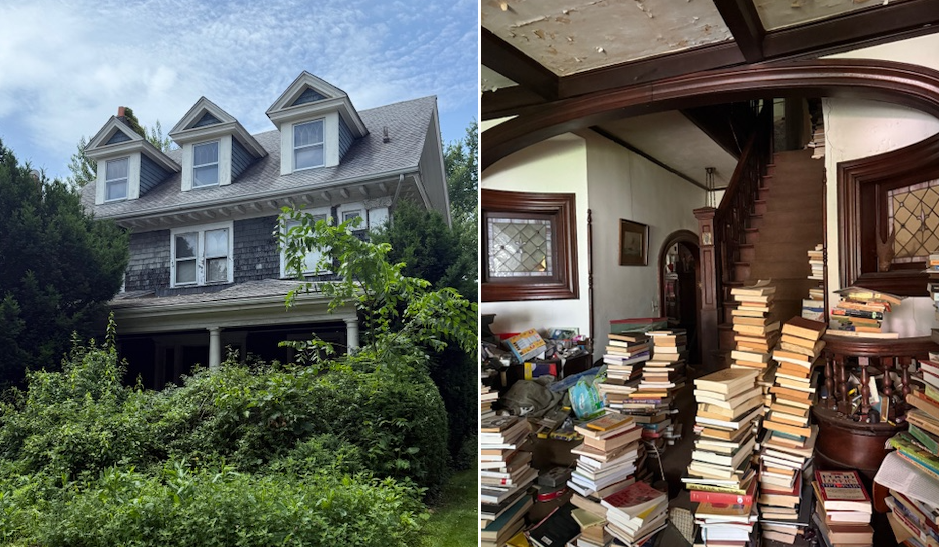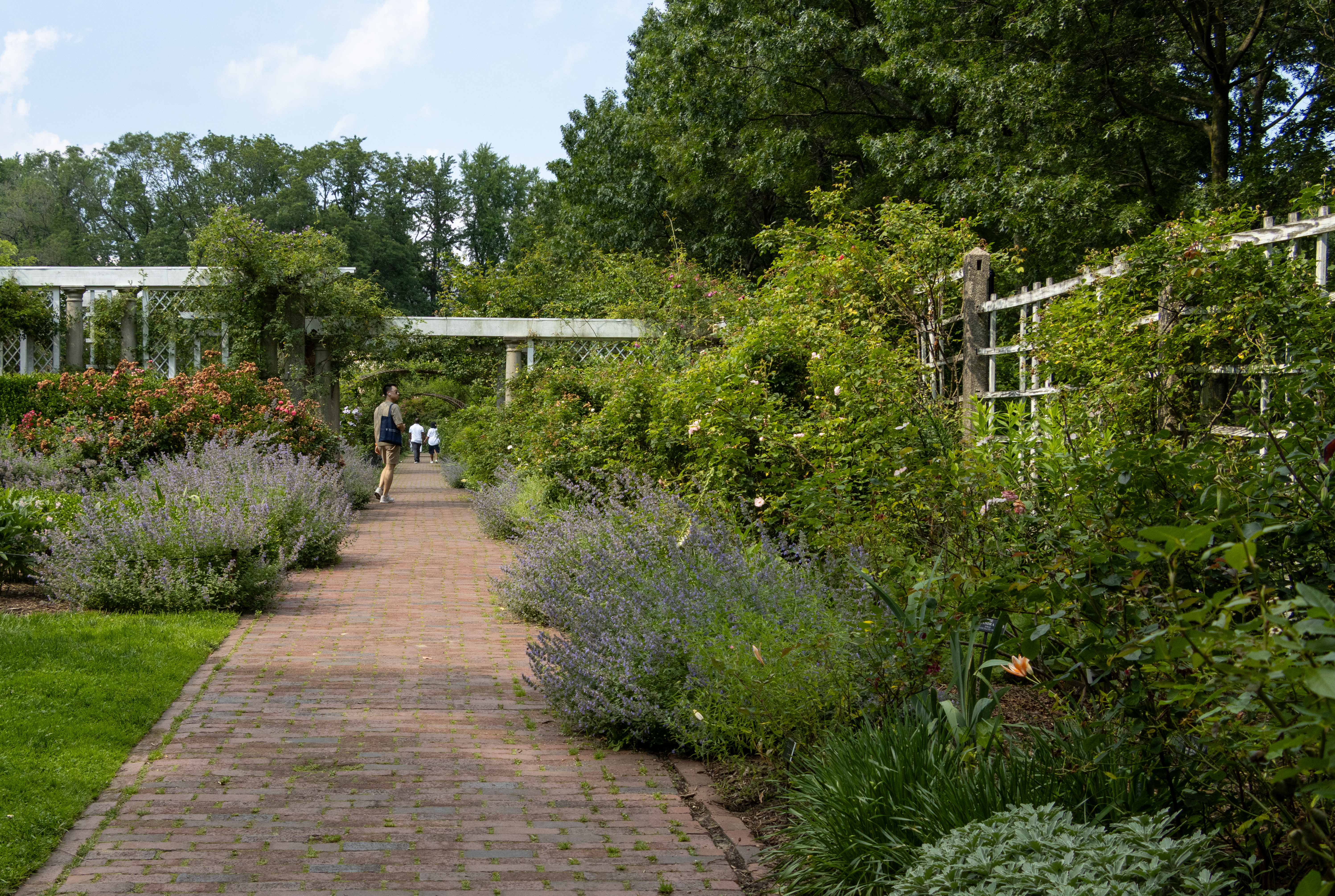Opening Date Set for Barclays Center
The Brooklyn Paper and Patch report that Atlantic Yards’ Barclays Center will open on September 28th of next year. Nets CEO Brett Yormark says the official opening will be preceded by public tours and events at the arena. Work on the facade is expected to begin in June; at present, 70 percent of foundation work…


The Brooklyn Paper and Patch report that Atlantic Yards’ Barclays Center will open on September 28th of next year. Nets CEO Brett Yormark says the official opening will be preceded by public tours and events at the arena. Work on the facade is expected to begin in June; at present, 70 percent of foundation work is complete and 30 percent of the structure’s steel is in place, according to Patch.
Barclays Center to open on Sept. 28, 2012 [BK Paper]
Barclays Center Will Open Sept. 28, 2012 [PH Patch]





“The Arena is not- say what you will, with the price of tickets being what they are, the “public good” is not so public.”
***
The Nets also announced that 2,000 tickets will be priced at $15 and under for each game, and an allotment of tickets for all events at the Barclays Center will be made available to the community, which was committed to in the Community Benefits Agreement of 2005.
Fifty per cent of all season tickets will be priced at $55 or less per game, and lower level season tickets start at $65.
A subway was built for transportation of the masses (jeez, I hate the word), and meant for everyman. The Arena is not- say what you will, with the price of tickets being what they are, the “public good” is not so public. It’s for the owners and those who can afford them. So there is no public benefit to the arena as their is with a subway or a road.
I think the reaction to Kelo and the many approaches states take to ED says a lot about what the decision really means. 1. Based on the political make up of the court that decision can change with the right lawsuit,
2. Even legal experts will tell you the term “public benefit” is open to interpretation
3. Take a look at what happened in Kelo- after throwing people out of their homes (and slum clearance was another disputed term in that case), and razing them, nothing happened. Talk about creating urban blight.
The WTC was owned by the Port Authority of NY and NJ- both of which fund it. It is not a private corporation but it is closer to a public corporation that is fairly autonomous.
CMU – ok this is easy – I’ll cite Kelo vs New London – and the numerous precedents before it, where the supreme court stated that the law only required that the taken property be put to use for a legitimate “public benefit” In Kelo (and Berman before it) the legitimate public benefitwas simply slum clearance and higher eventual taxes. (same theory was used for the WTC and Metrotech btw). Here there will be a public facility which is so far within ED jurisprudence as a public benefit that it is ridiculous to argue otherwise.
As for the fact that the Arena is “privately owned” – so what – there is NOTHING in eminent domain law that says that the public benefit has to be publicly owned….
You seem to have forgotten that the subways were originally built (using ED in many instances) by private entities. The WTC is not publicly owned (it is owned by an Authority, nor are many of the roads, schools or infrastructure (trains for example) that everyone loves to cite as the “obvious” ED uses.
“BS. Cite if you can.”
Goldstein vs. ESDC was decided 6-1 at the state level, and was thrown out at the federal level. Much of the legal dissension in that ruling was over the residential and office components, not the arena.
Please cite a case where eminent domain was denied for an arena, stadium, amphitheater, or similar entertainment/sports facility.
Eminent domain has always been used for private works that serve a public good, although most often for transportation and utilities.
I totally agree that there have been plenty of cases of eminent domain abuse around the country, and the backlash is deserved.
I do not feel that eminent domain should be used for housing, office, retail, or other projects that can be fit into smaller parcels of land and are already readily available.
Something like an arena is fairly unique and has space requirements well beyond a typical project. There is no way to construct it on anything other than a several block parcel. In addition, an arena much better serves the public good by being located in a central location with excellent transit facilities.
P.S. I don’t appreciate the implication that my position on this implies that I have no moral compass.
There was no need to take things to a personal level.
11217>Really? Because more tax dollars are spent keeping Lincoln Center afloat every year than will be the case with this arena.
And of course, you know this will be a fact…how, exactly (to use your words)?
>An arena is the sort of use of eminant domain that almost all legal and urban planning experts agree is totally appropriate.
BS. Cite if you can.
Eminent domain was used for PUBLIC works (roads, parks) and only recently has it been applied to private development. If you think that’s good, you’re lacking a moral compass. And in fact, there’s quite a backlash against its use around the country as a result of its misuse
The amount of housing units taken by eminent domain for the arena is nothing compared to Lincoln Center.
You really can claim that a neighborhood was destroyed for Lincoln Center.
I guess things that wealthy and more educated people attend deserve more subsidies.
“However it is ridiculous to compare Lincoln Center to this dinky arena in terms of public benefit.”
Really? Because more tax dollars are spent keeping Lincoln Center afloat every year than will be the case with this arena.
Maybe if I had been an adult when Lincoln Center was built I’d have been opposed to that too; who knows, it was a different world back then. However it is ridiculous to compare Lincoln Center to this dinky arena in terms of public benefit.